





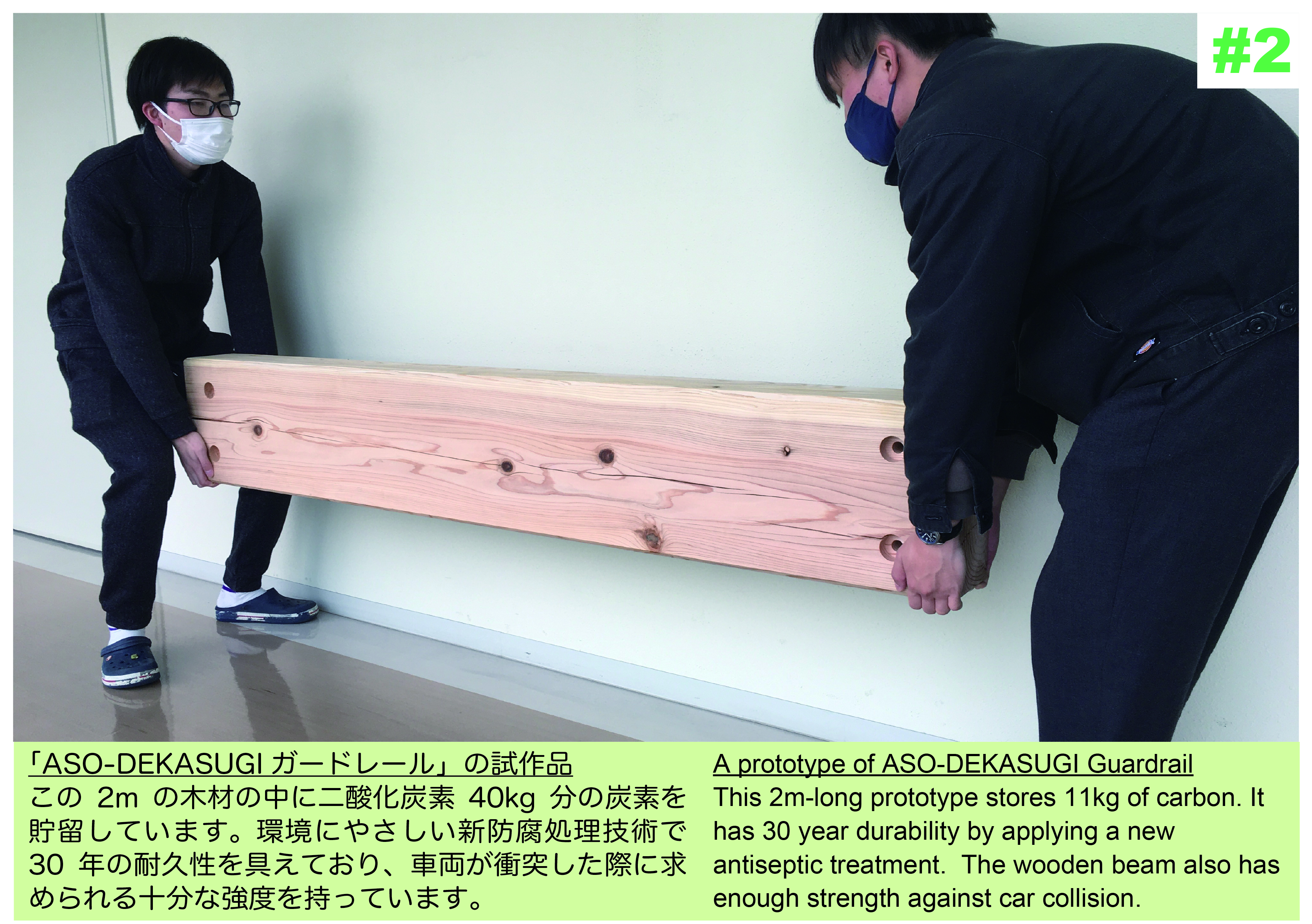
Landscape Prize
ASO-DEKASUGI GUARDRAIL Project
Kyushu Universiry
Description
There are countless 70-year-old giant cedar trees lying unused in various parts of Japan. These cedar trees are too big to be used as building materials, and they have almost no carbon-absorbing capacity to help combat global warming because they have almost stopped growing.
Our idea is to use these oversized cedars for road guardrails. Guardrails are made of steel. The process of making one ton of steel emits two tons of CO2. If a guardrail made of cedar is installed 1 km long, it can store carbon equivalent to 20 tons of CO2. If we plant tree seedlings after the cedar trees have been cut down, and then rotate the cycle of resource recycling, they will also store a large amount of carbon in the process of growth. The warmth of the wooden guardrails will match well with the beautiful Japanese landscape.
We are currently working with the members of the Aso Forestry Cooperative on a project to produce wooden guardrails that are as cost-effective, durable, and safe as steel guardrails and install them in the Aso region using overgrown cedar trees (= ASO-DEKASUGI) that lie in the mountains of Aso. This is the “ASO-DEKASUGI Guardrail Project.
Detailed explanation of the submitted project or idea.
In various parts of Japan, there are countless giant Japanese cedar trees that are 70 years old lying unused. These cedars are inefficient to be used as building materials, and the carbon absorption capacity that leads to measures against global warming is limited because the growth has almost stopped.
Our idea is to utilize these overgrown cedars for road guardrails. Most guardrails are made of iron. In the process of making 1 ton of iron, 2 tons of CO2 are emitted. If you install a 1km-long guardrail made of cedar, you can store 20 tons of carbon in it. If you plant tree seedlings after cutting down cedar trees and rotate the cycle of wood resource recycling, you will store a large amount of carbon even in the process of growth. The warm texture of wooden guardrails matches well with the beautiful Japan landscape.
Currently, in cooperation with the members of the Aso Forest Association, we are working on a project to manufacture wooden guardrails with performance equivalent to iron guardrails in terms of manufacturing cost, durability, safety, etc. from overgrown cedar lying dormant in the mountains of Aso and install them in the Aso area. That is the “ASO-DEKASUGI Guardrail Project”.
(DEKASUGI means too big in Japanese. SUGI also means cedar in Japanese.)

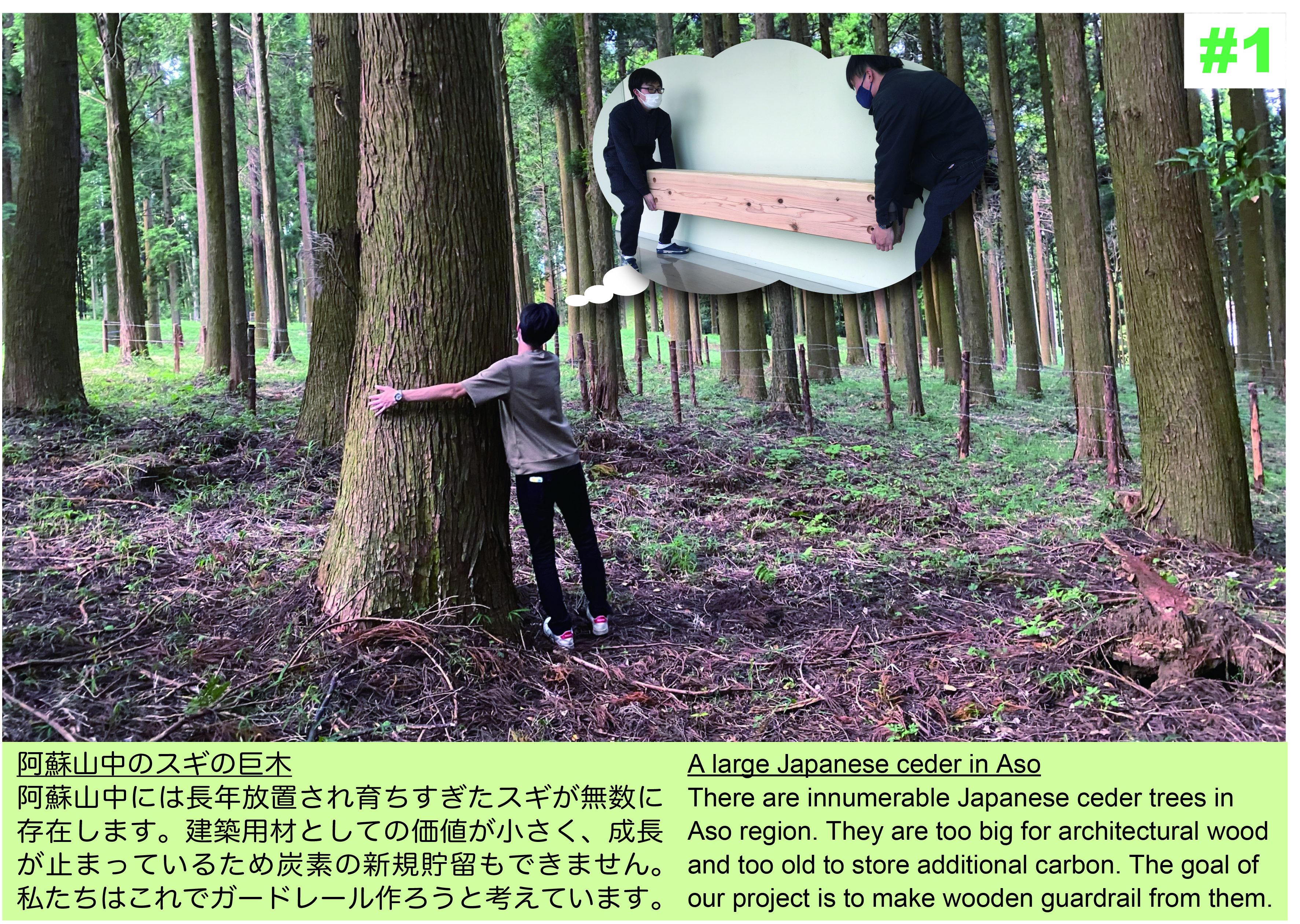
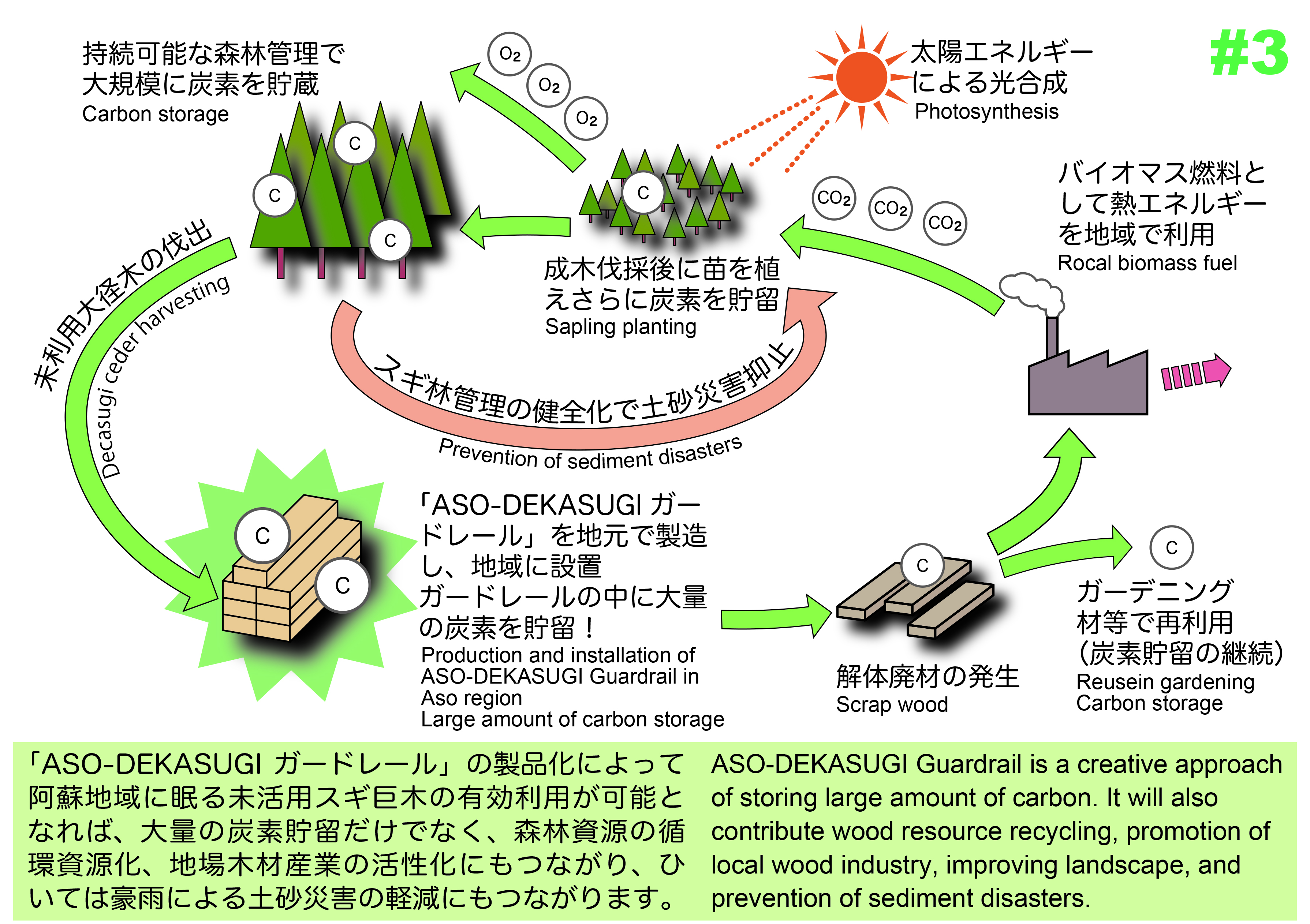
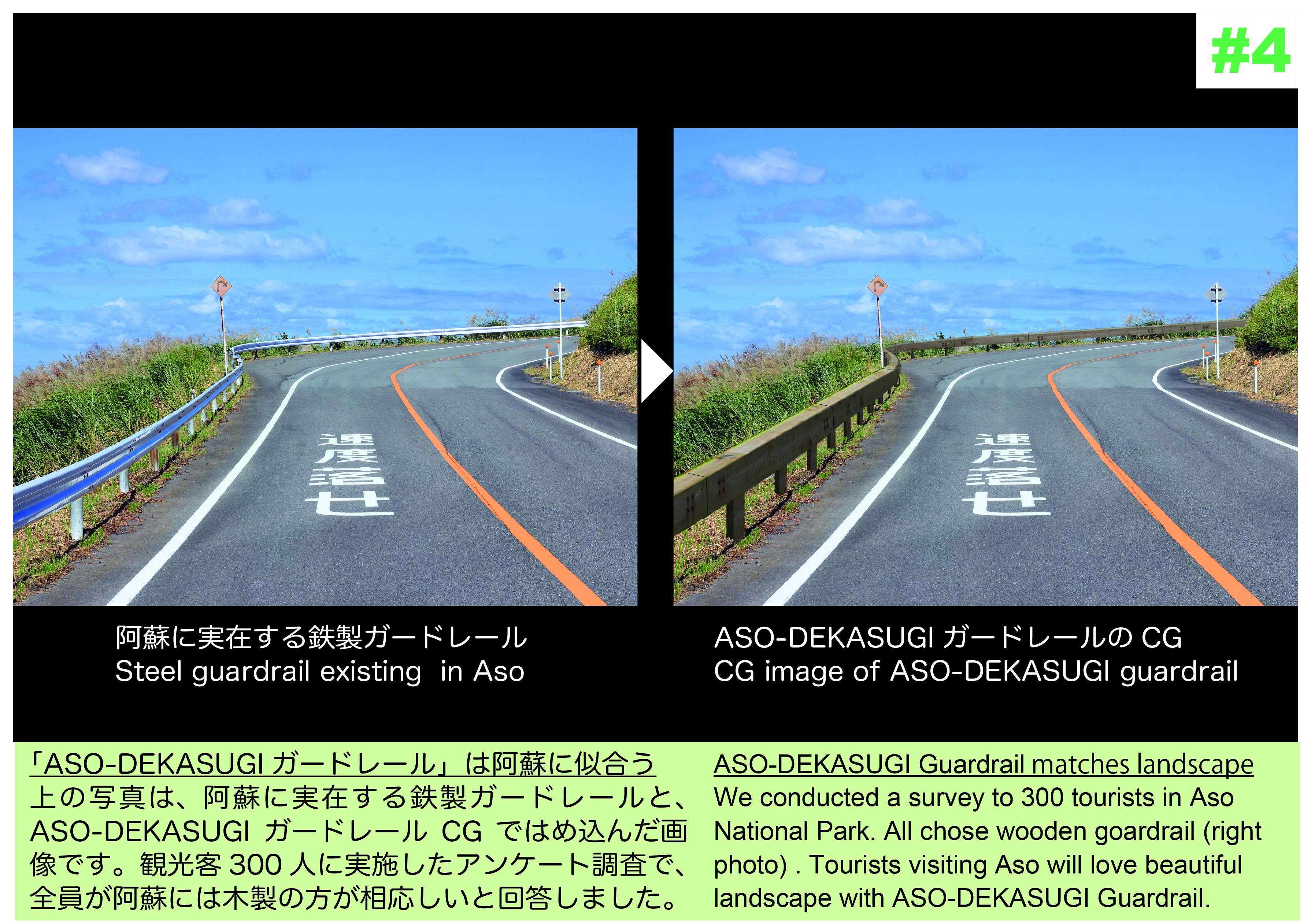






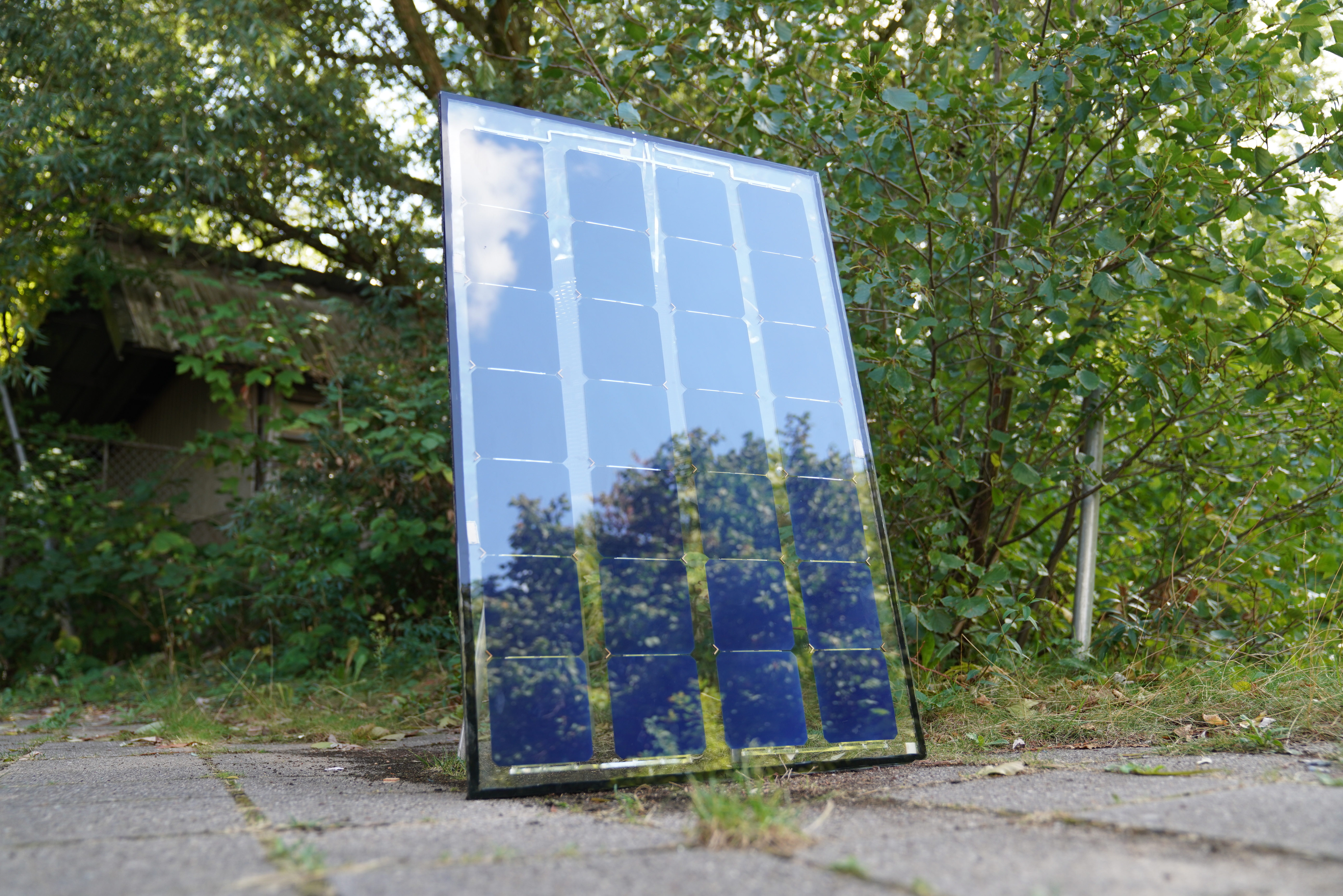
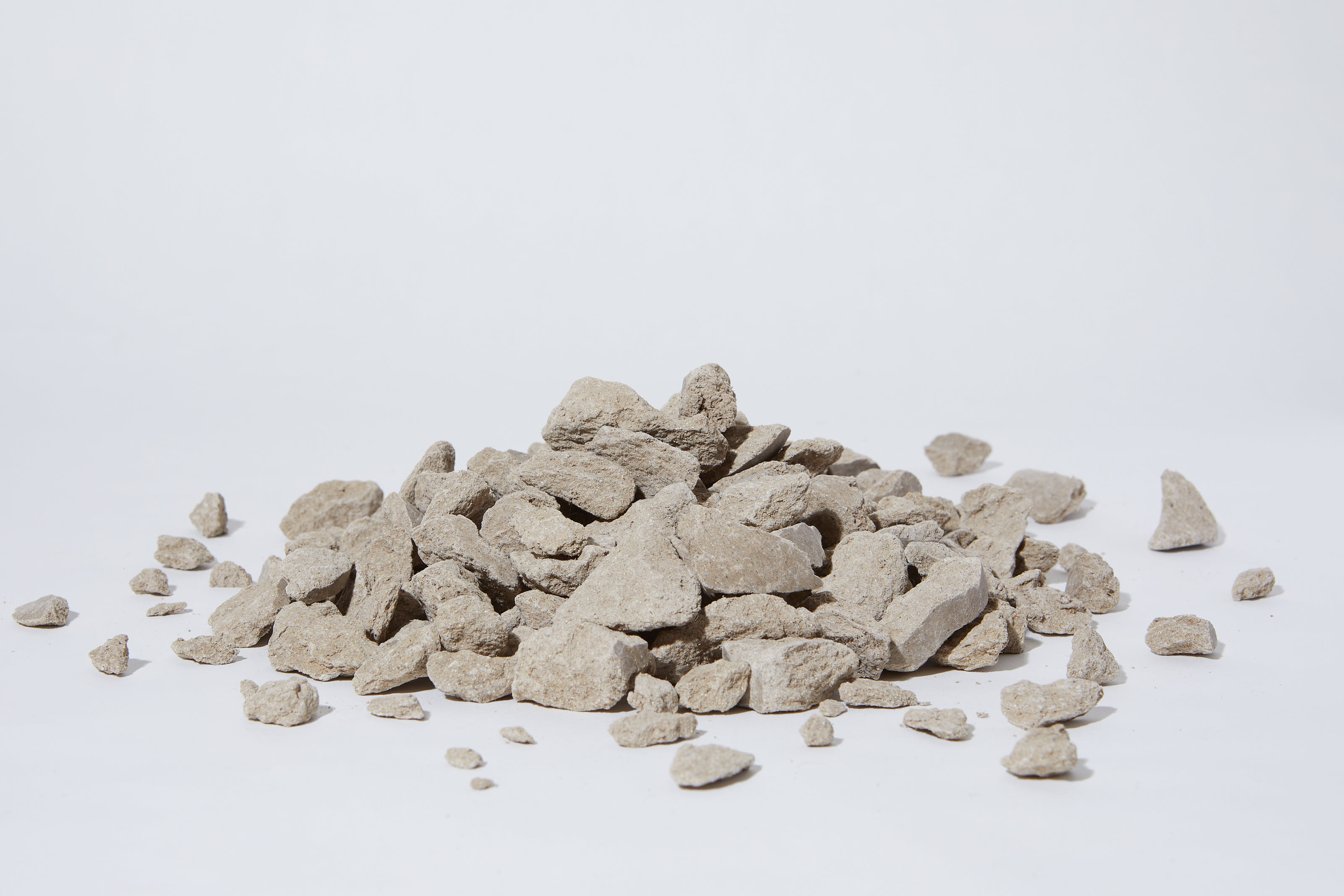
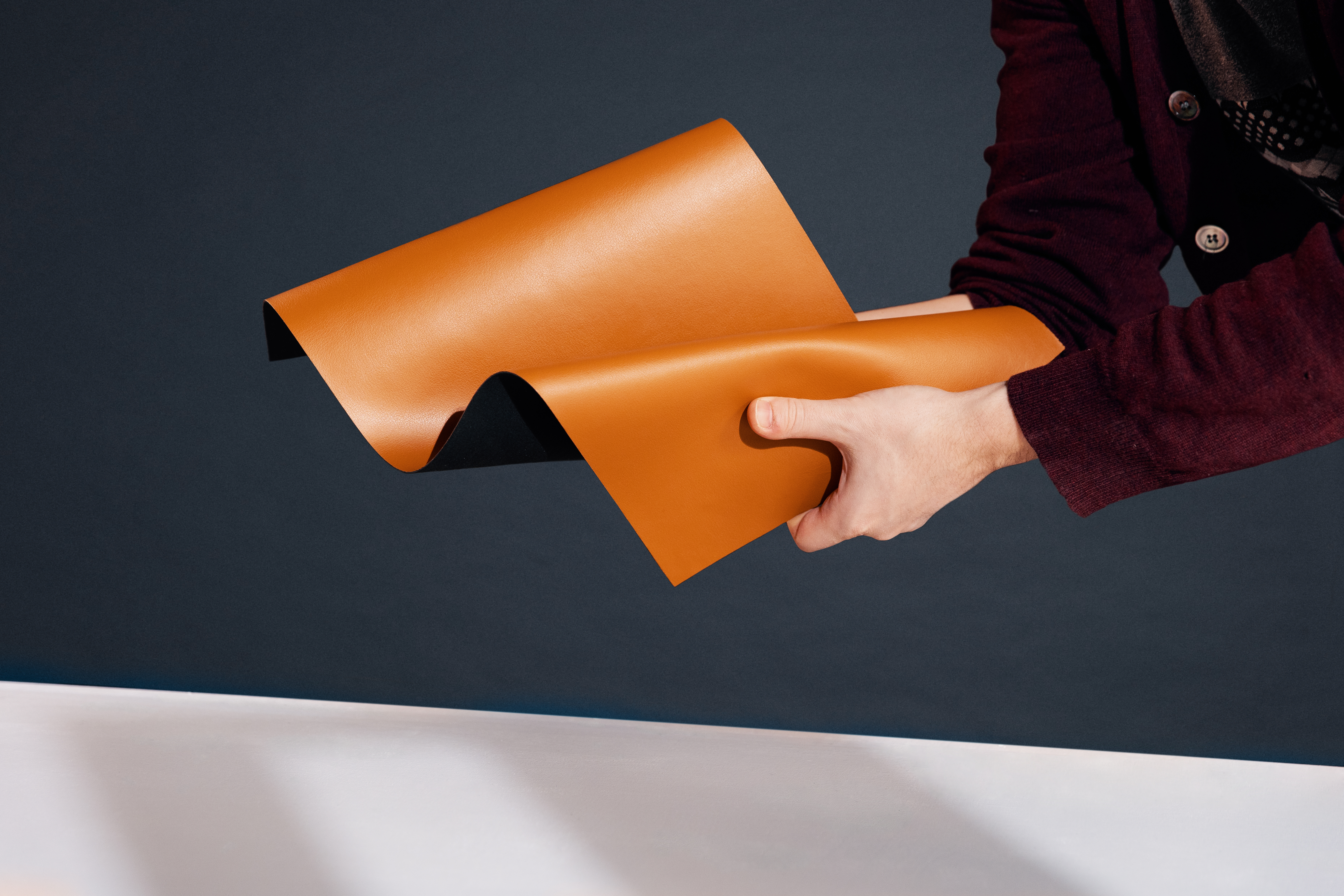
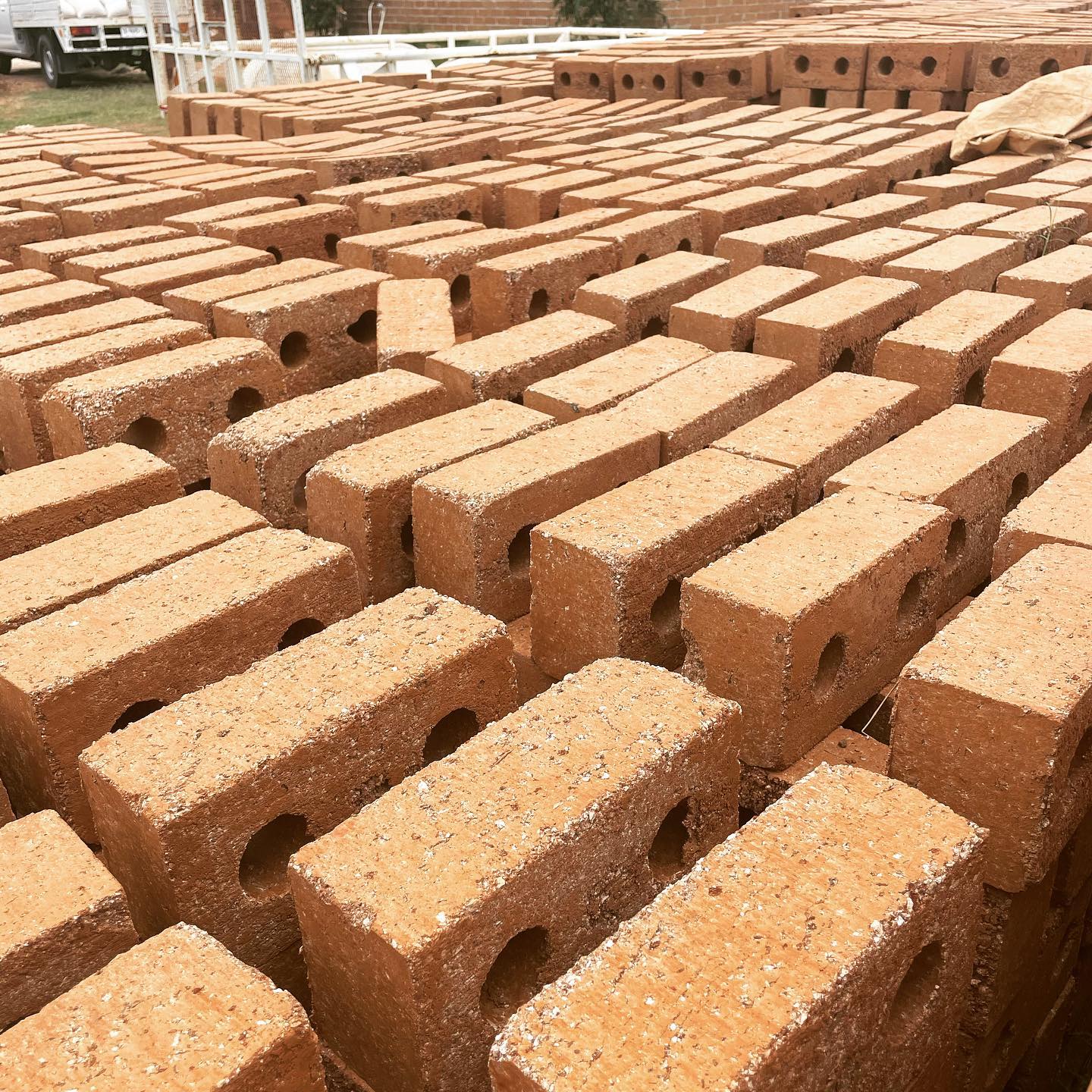


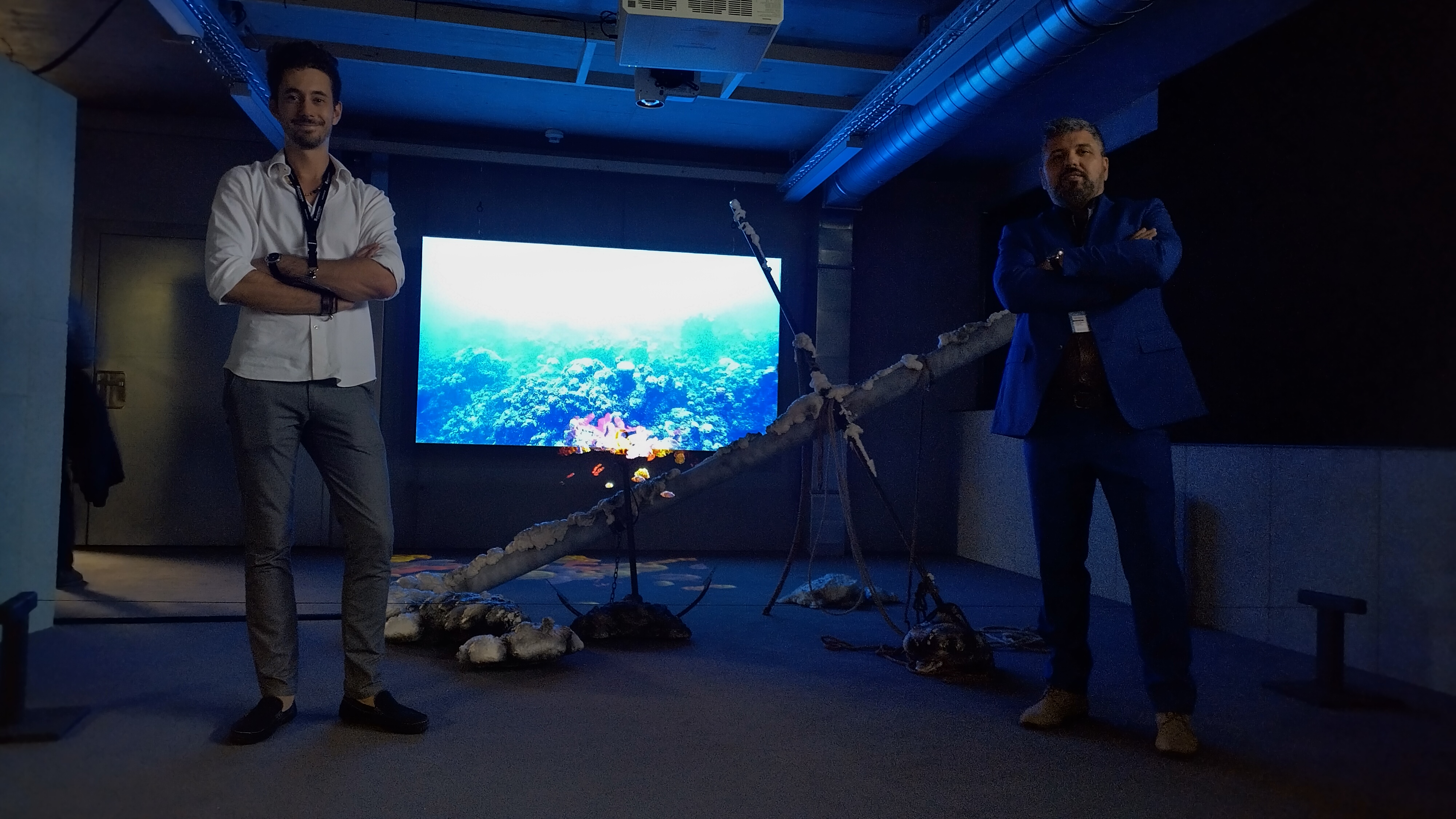
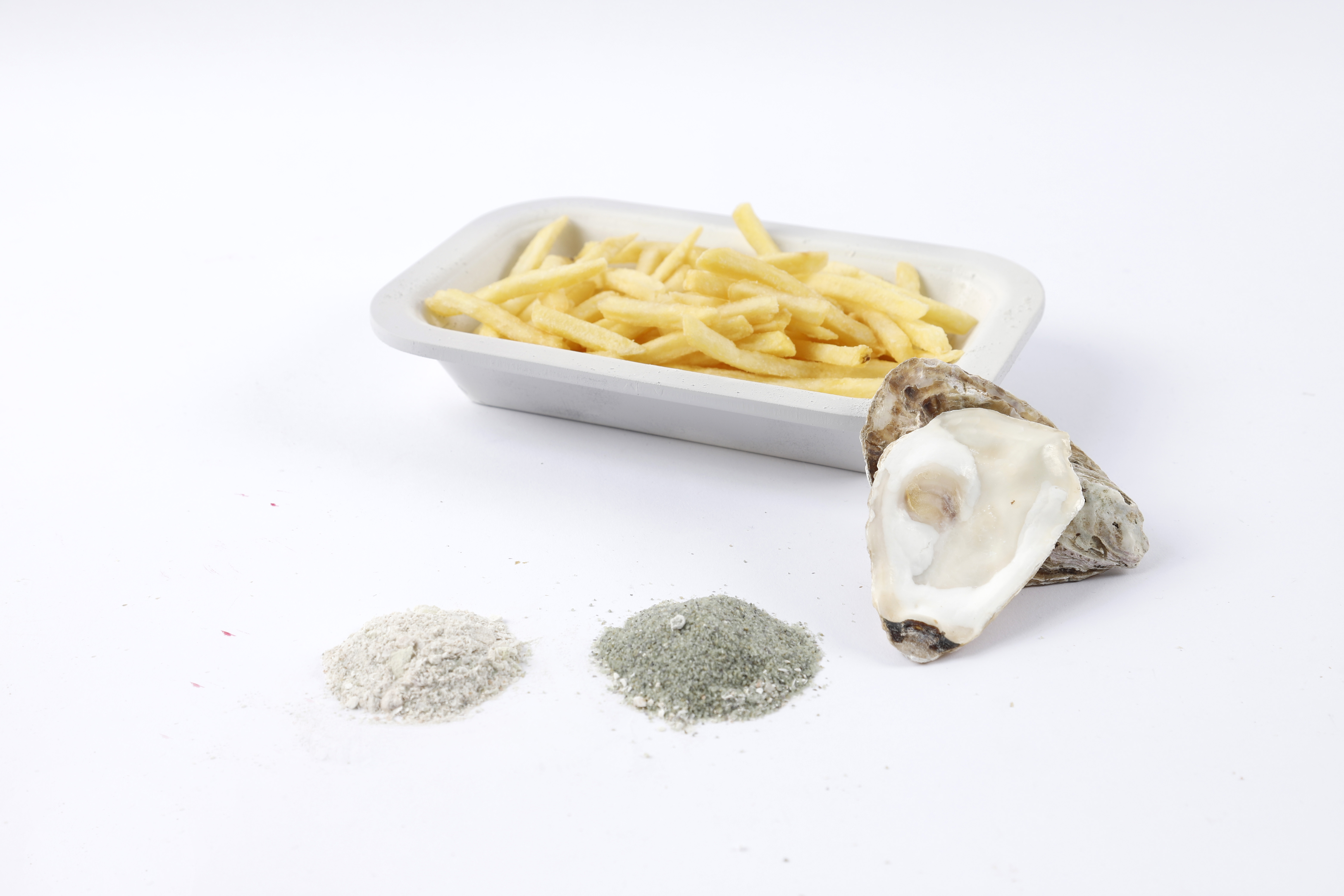
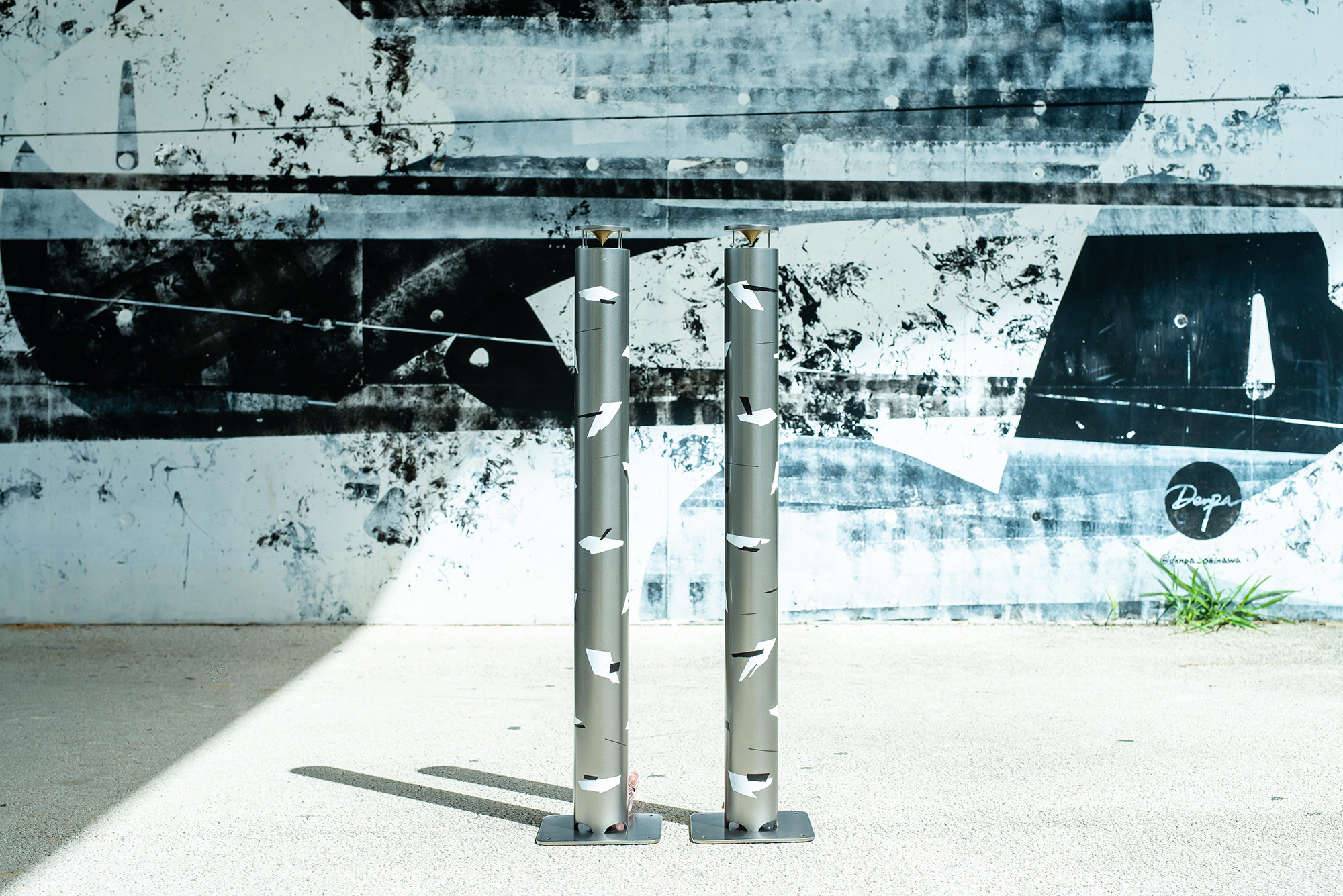







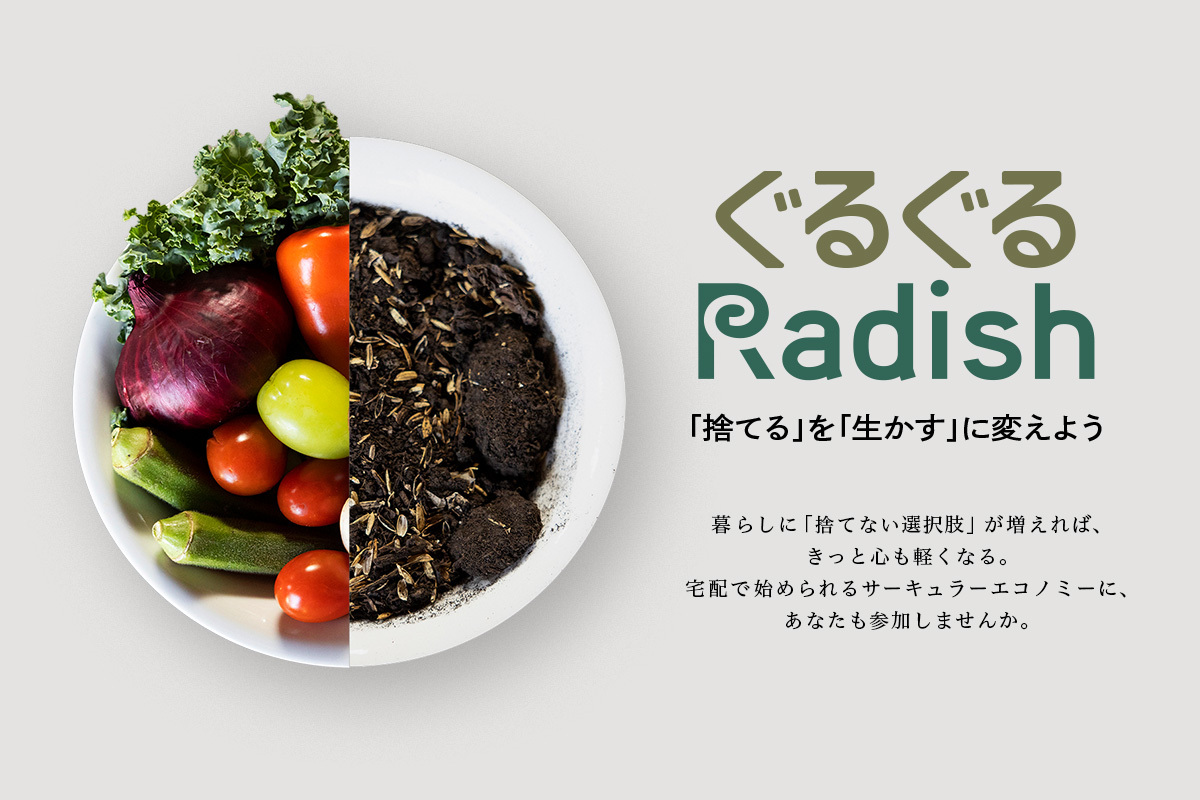
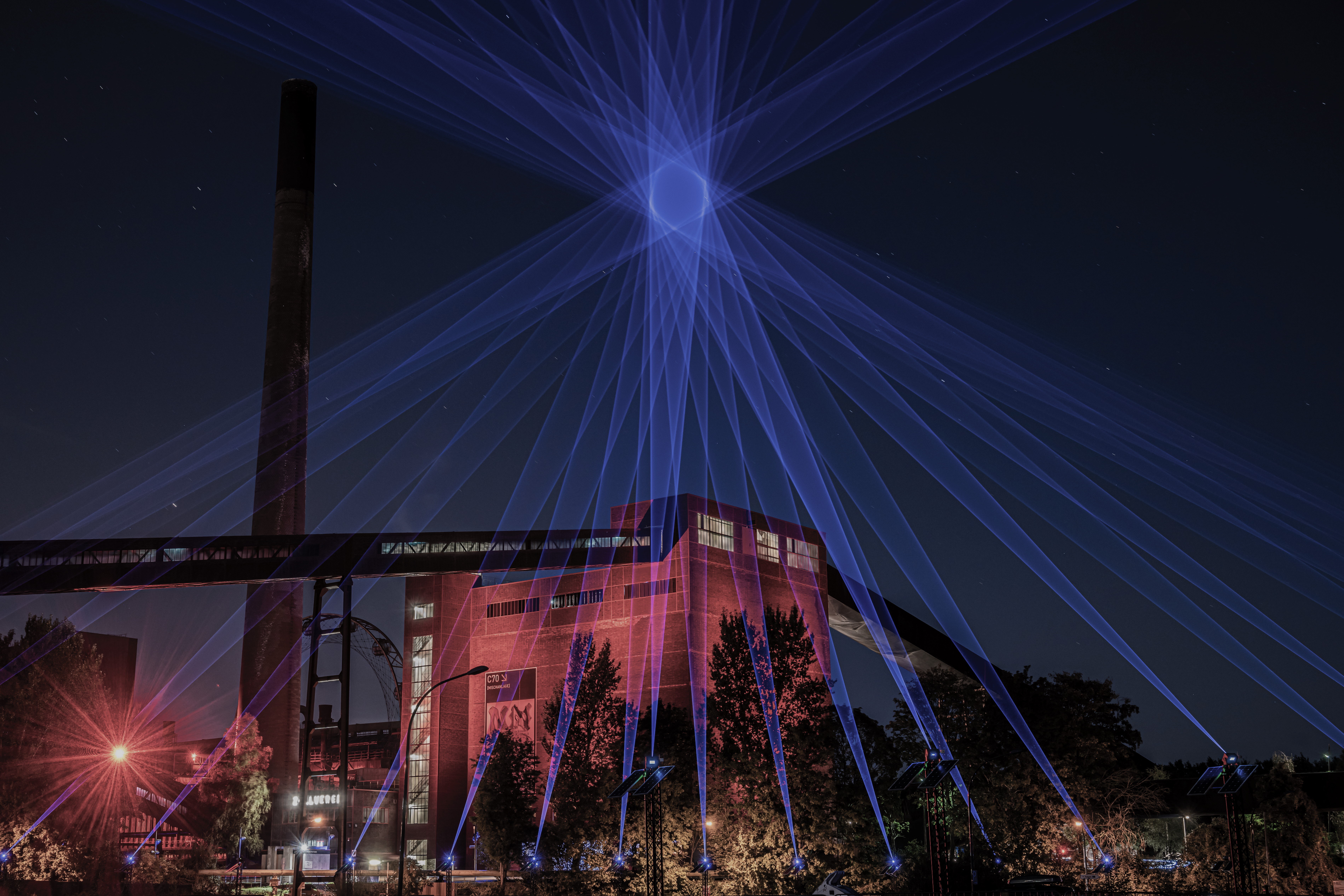

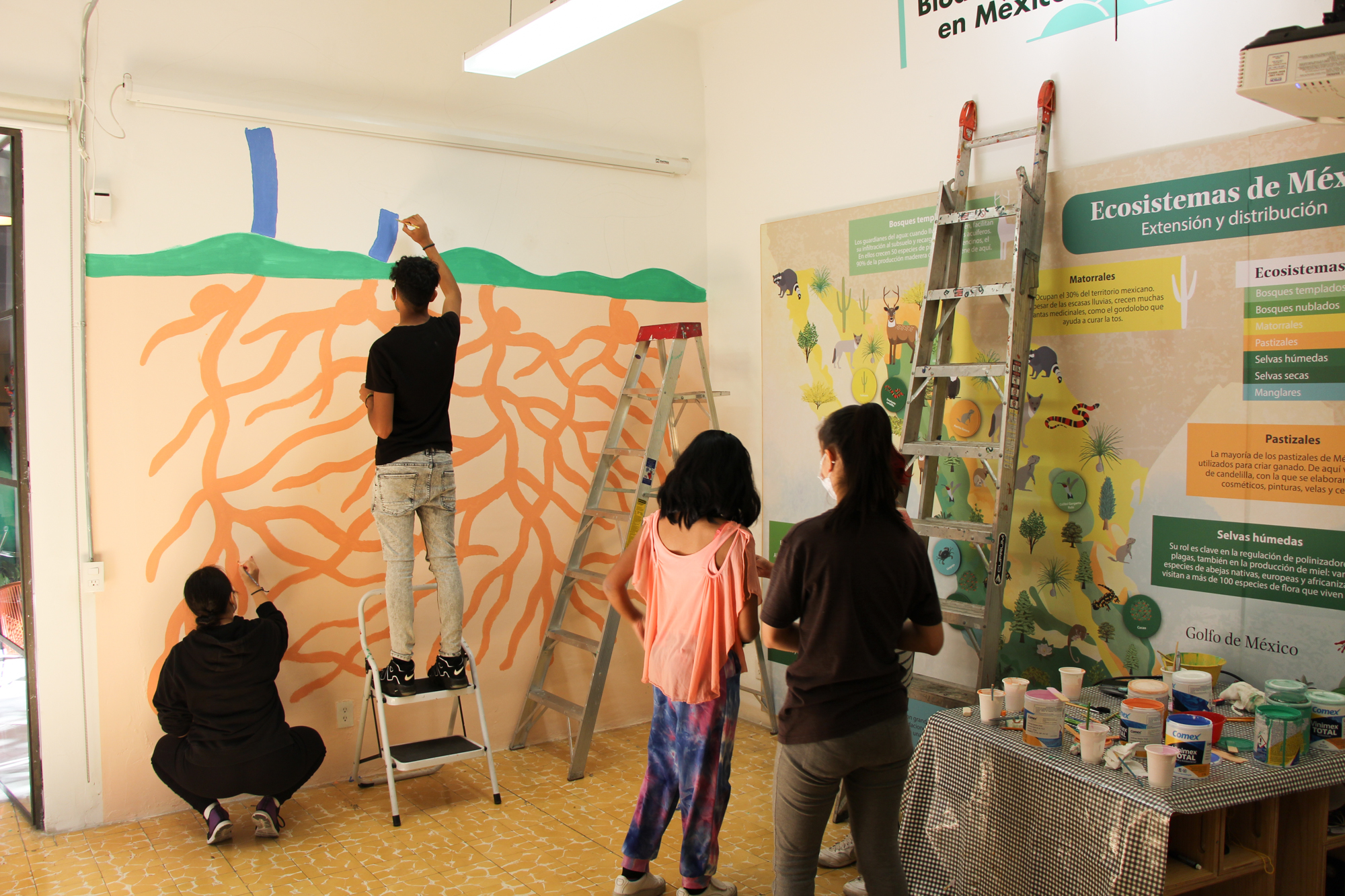

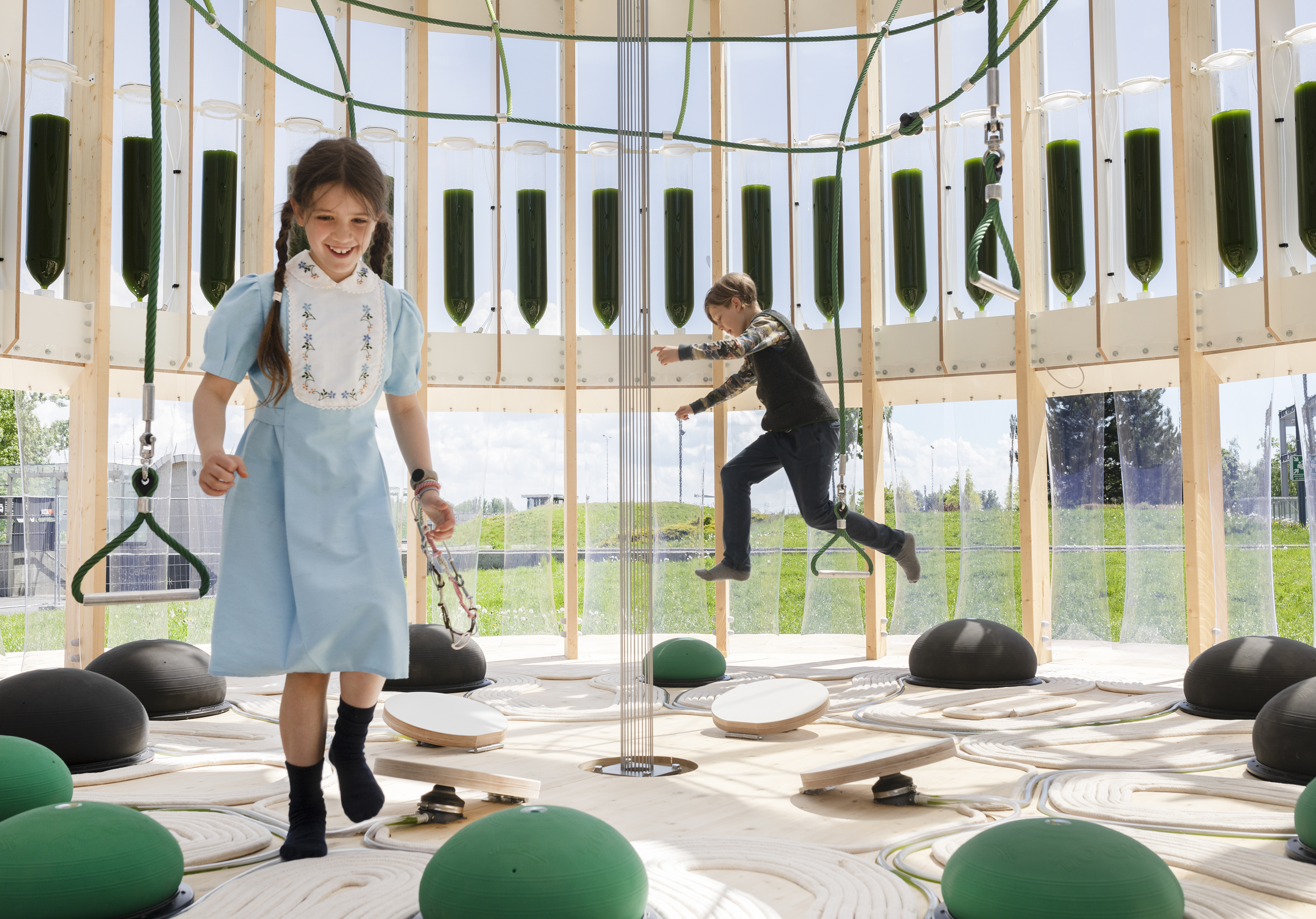

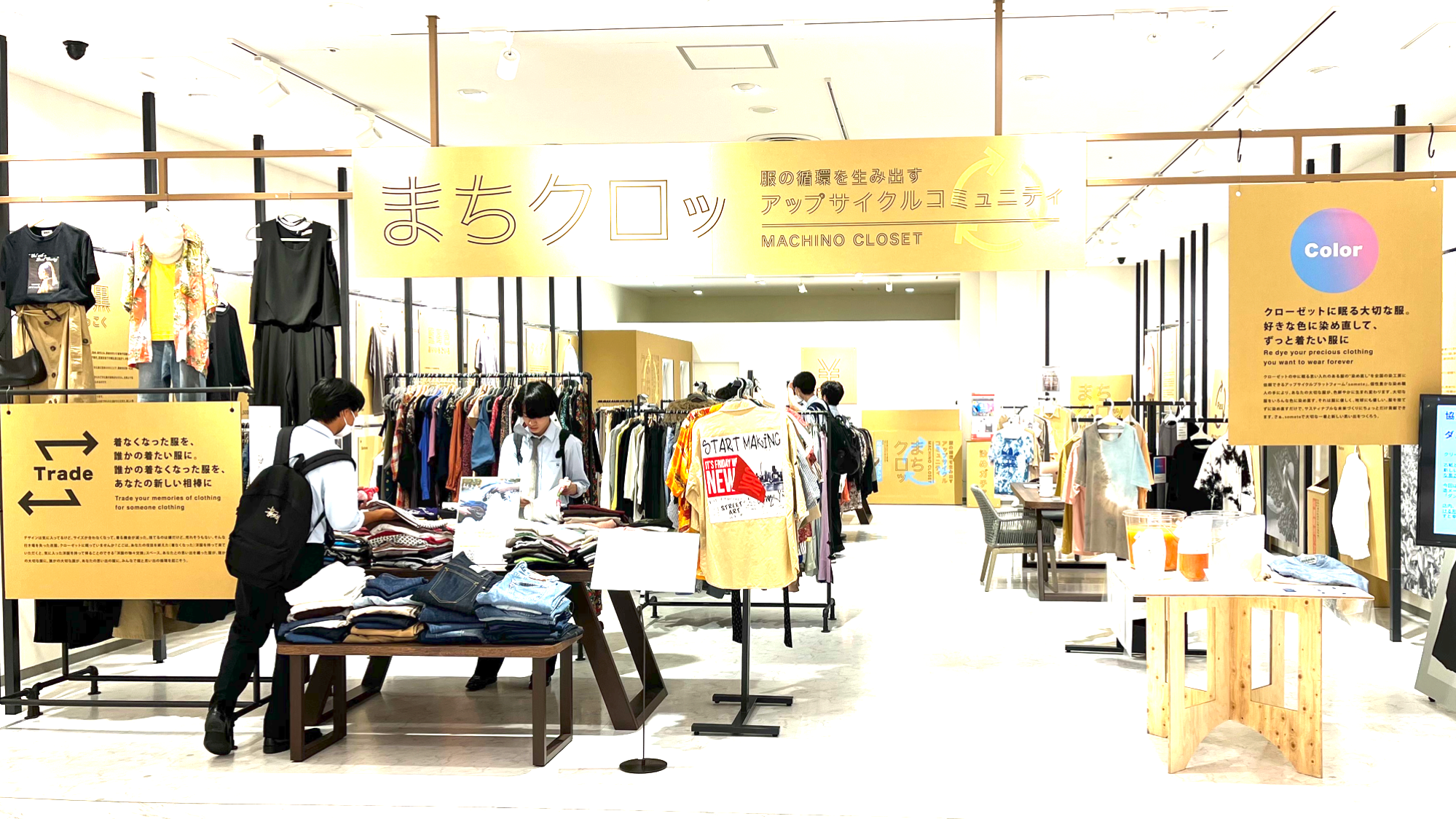
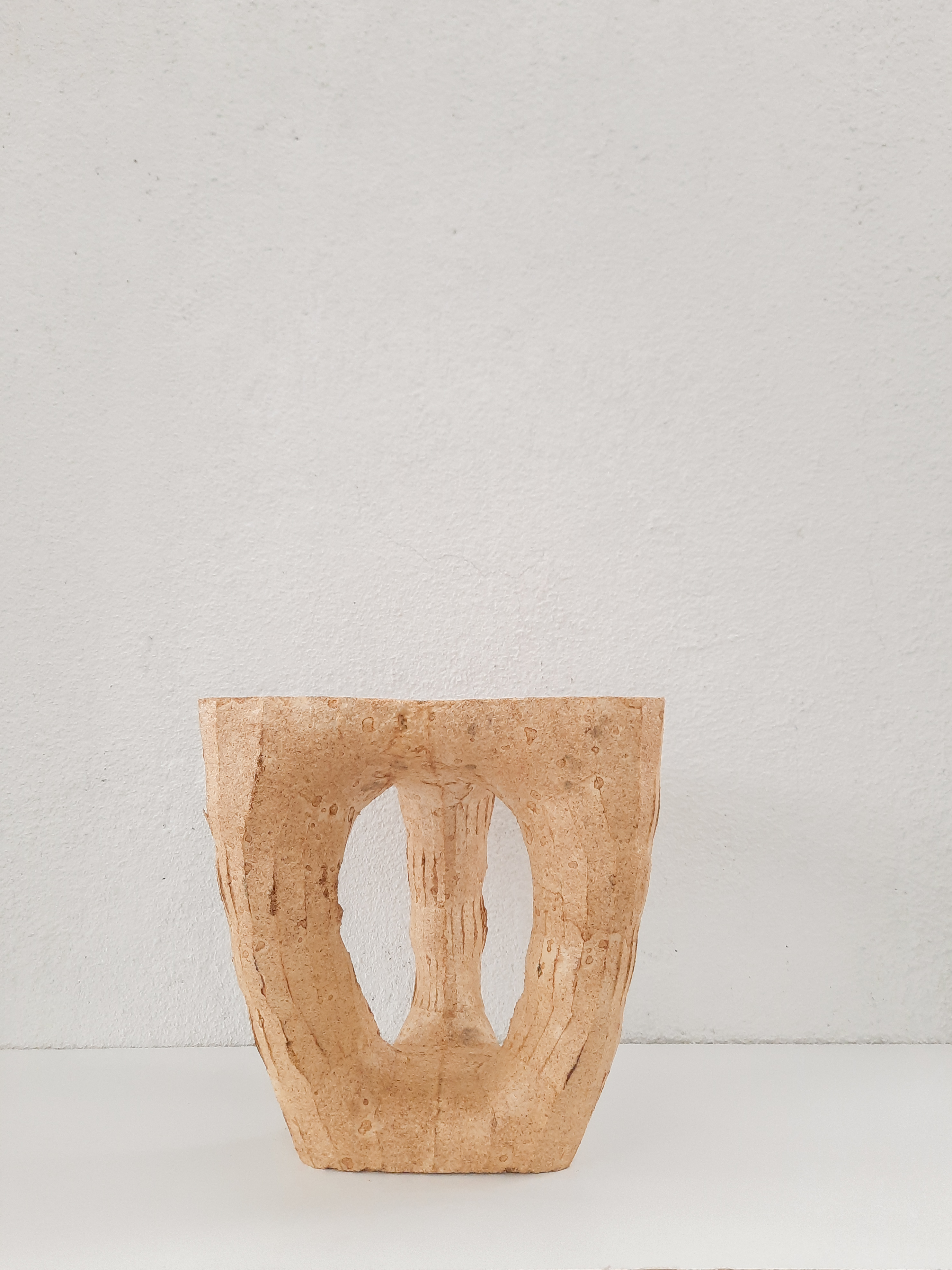
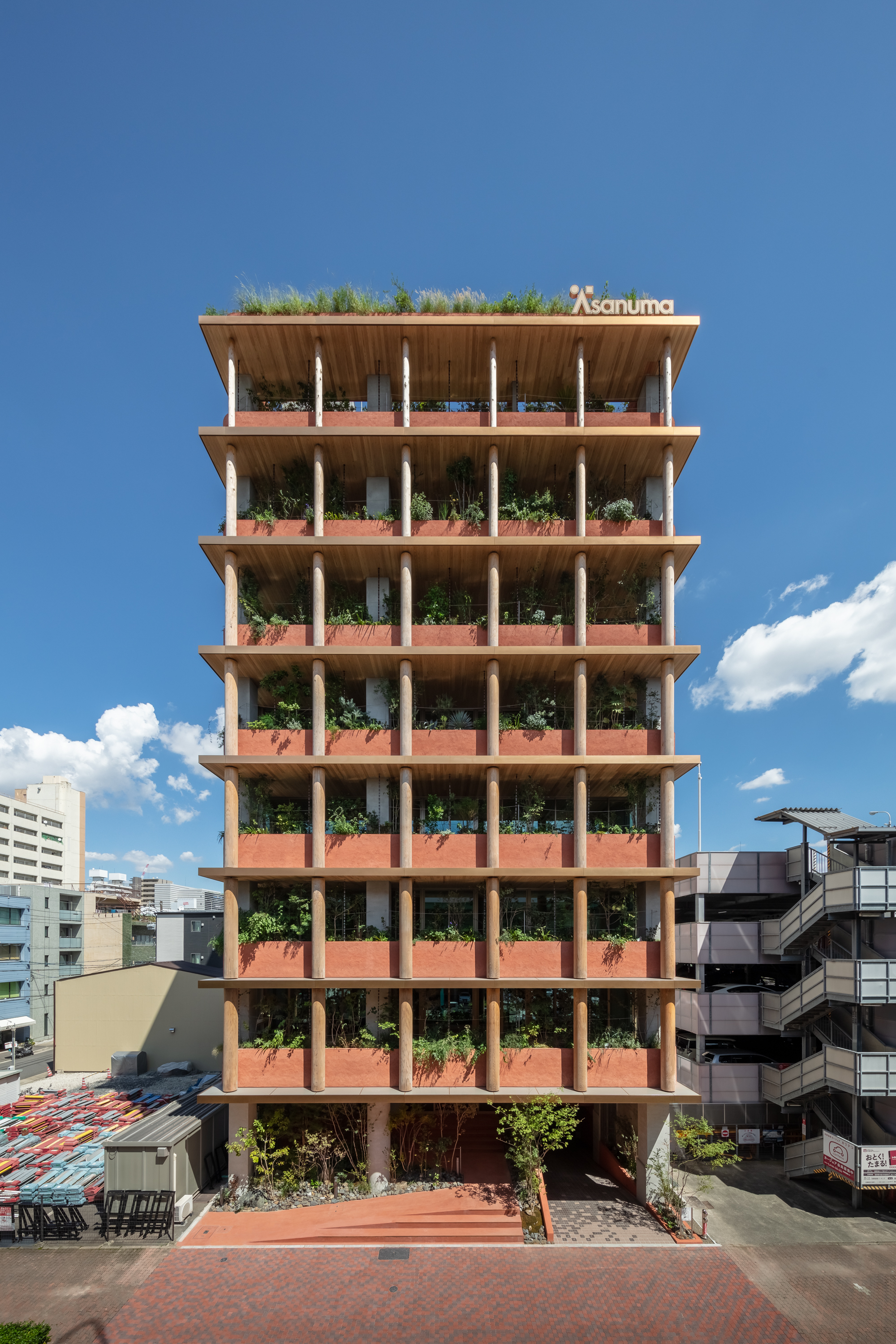

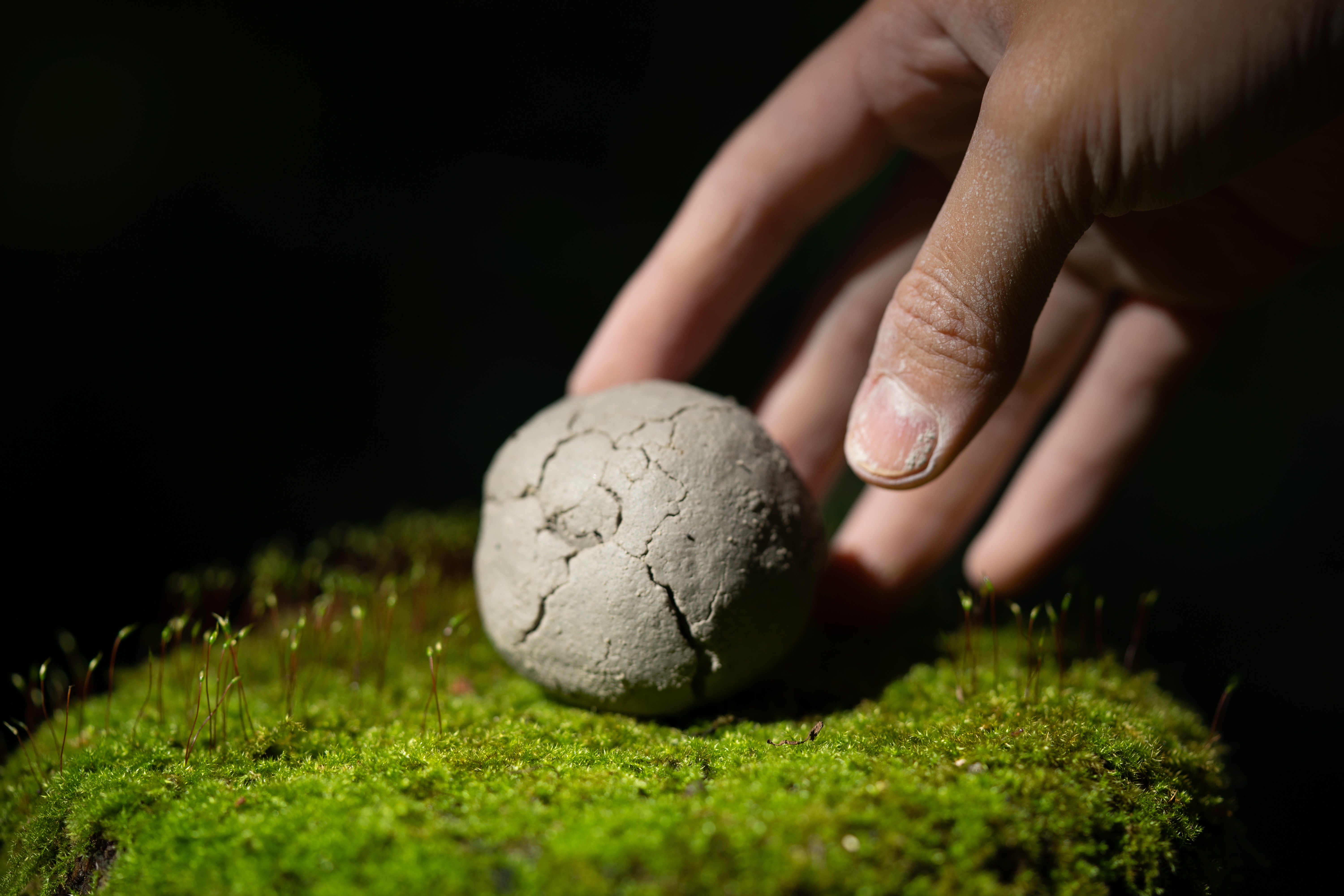
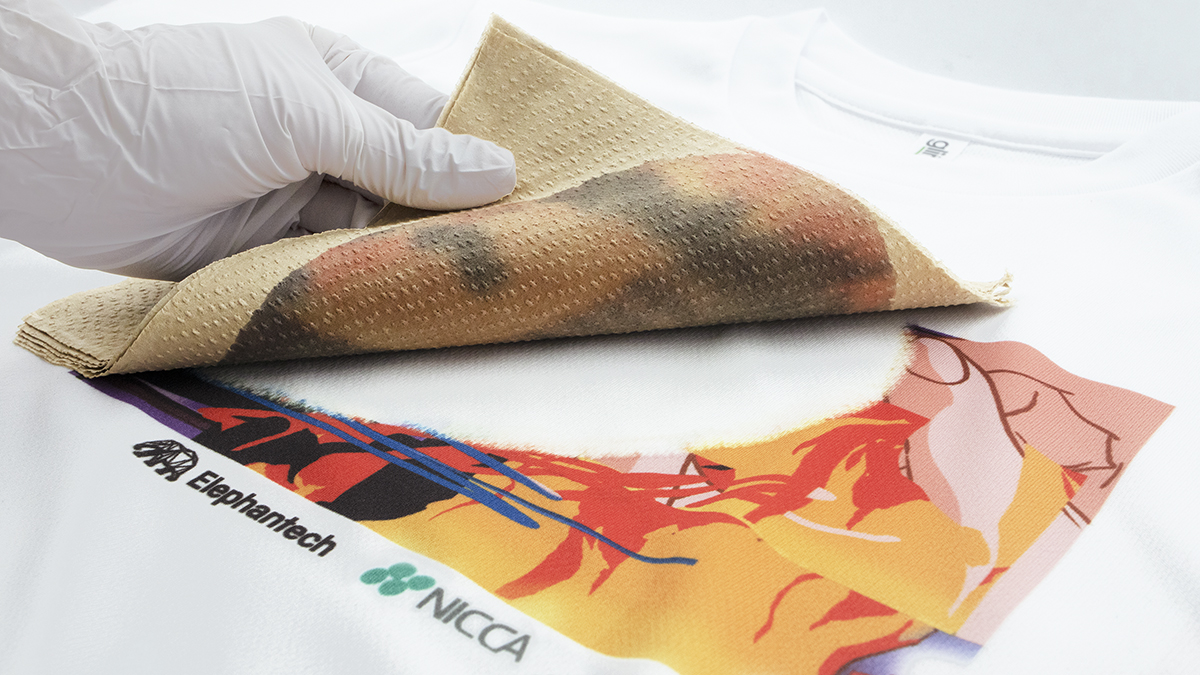

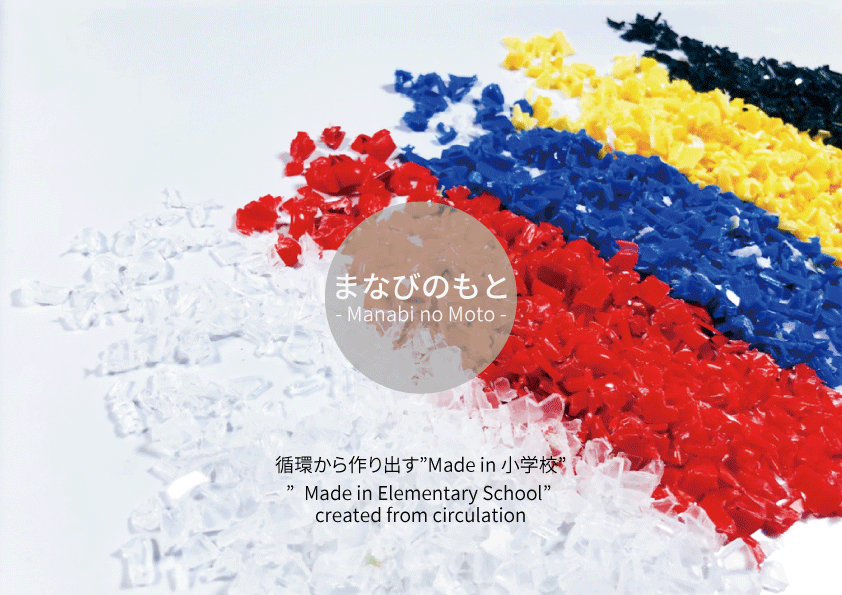

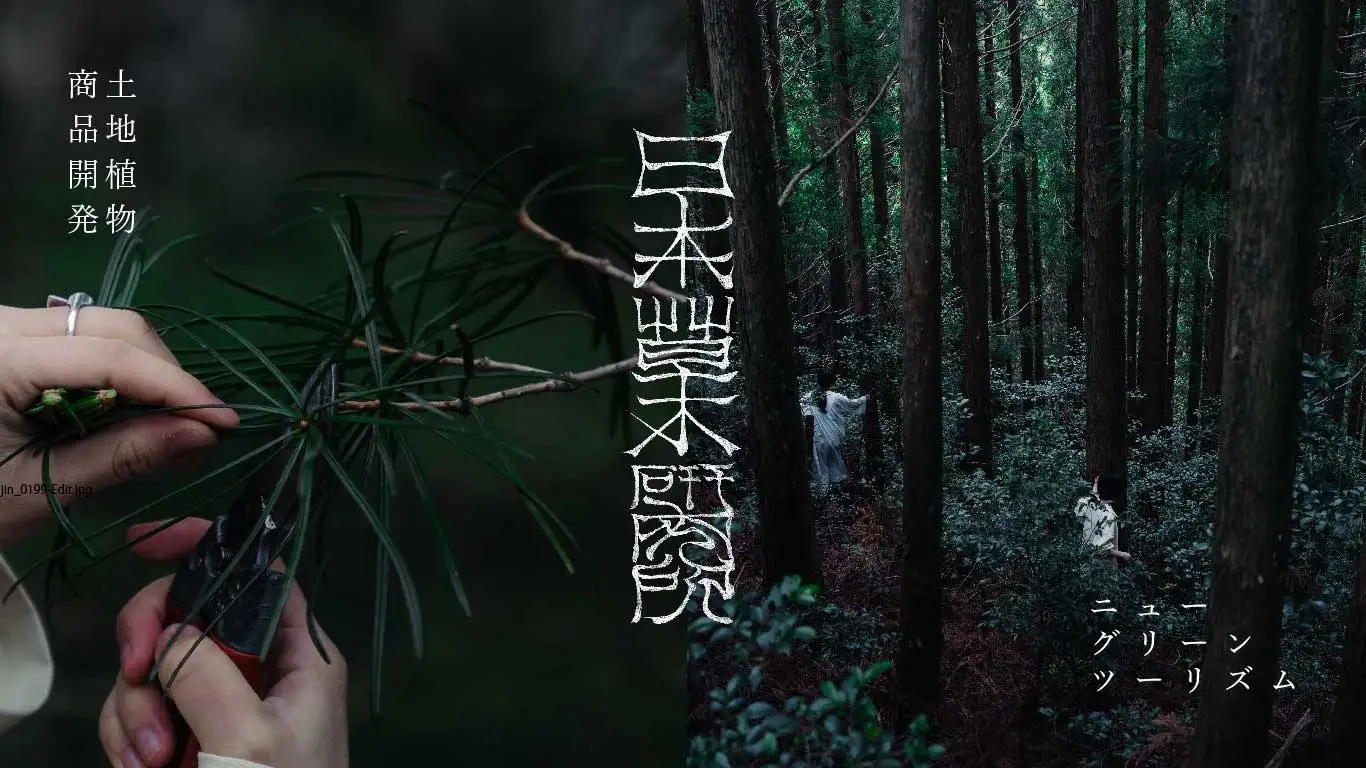

Comments from Judges
Kotaro Iwaoka
Hidakuma CEO
Landscape Prize
This is a very simple but impactful project that focuses on part of our infrastructure where the potential of wood has yet to be explored. The durable, 30-year lifespan of a wooden guardrail seems reasonable enough given the age and growth period of forestry plantations in Japan, where metal guardrails also need to be maintained and replaced. I look forward to the day when continuous cedarwood guardrails become a standard feature of the landscape.
See All Winners